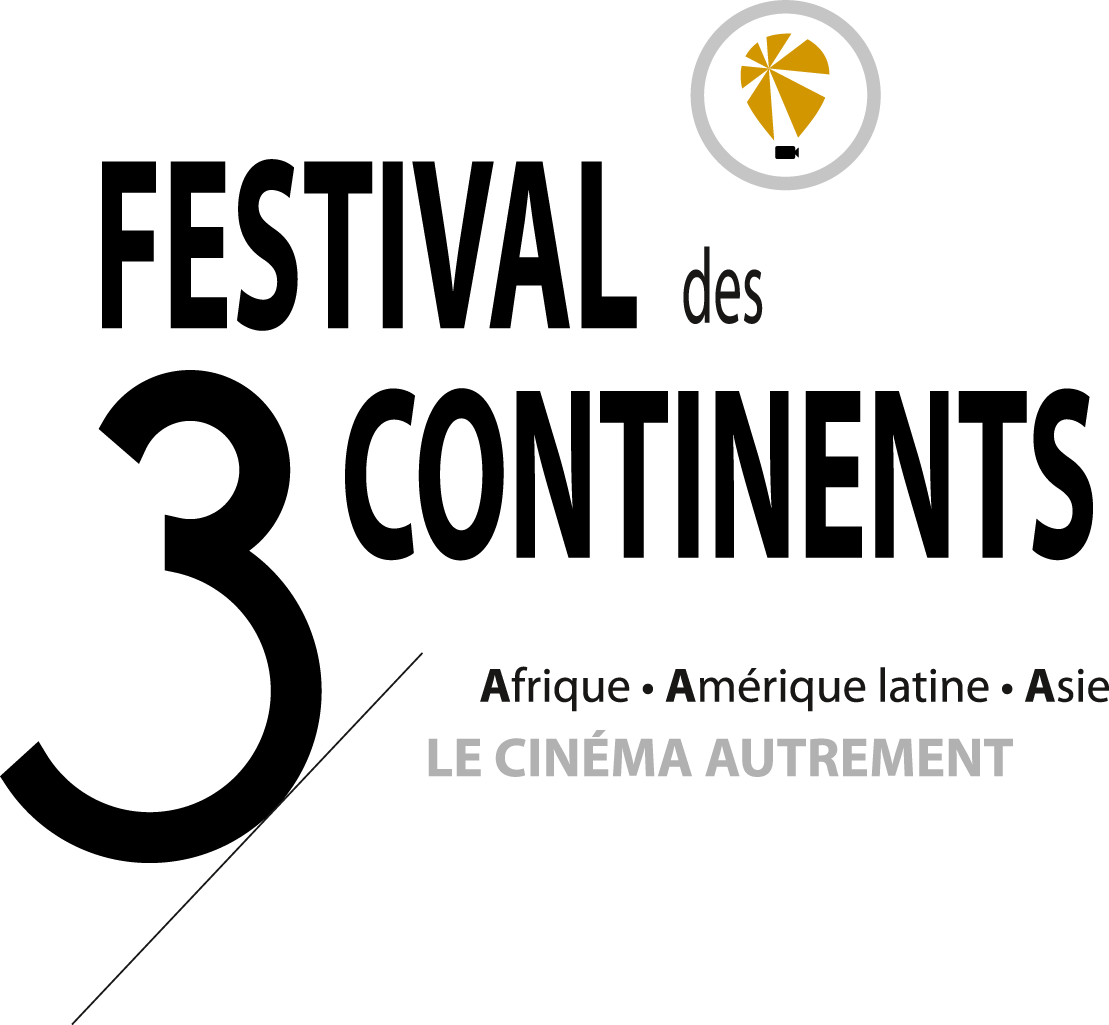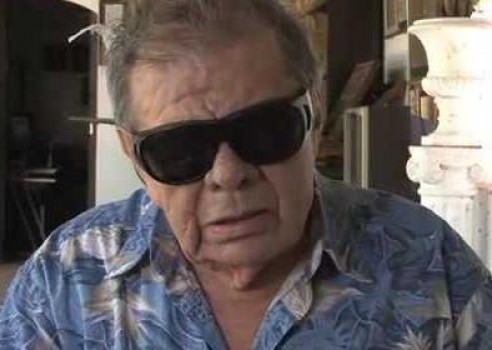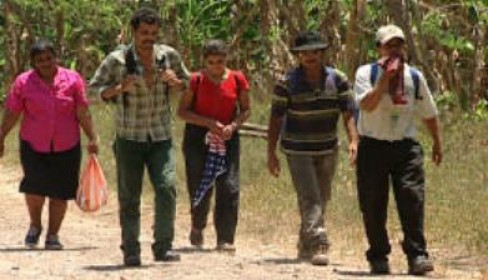The Cinematograph arrived in Central America around 1910. Travelling projectionists used to criss-cross this vast cultural patchwork, with 533,000 sq. km. stretching from Selva de Petéb in northern Guatemala to the forests of Darién in southern Panama. Until the Seventies, the few films made were the results of initiatives from isolated film buffs who got little support from official institutions and the audience. In Guatemala and Costa Rica, two feature films, El Sombrerón and El Retorno, bear witness to such pioneering times. The first Panamanian feature was made in 1950. Honduras, Nicaragua and El Salvador did not produce their own films until 1970. Since the Seventies, the political instability of the peninsula has contributed to le vulnerability and dependence on the outside, typical of small economies, which also affect film and television production and distribution. “The first criterion to define the Central American film and television industry is that there is no film industry in the region, although each country has its own modest national cinema… No organised production, no steady foundation fore potential industry. Nothing”, explains Maria Lourdes Cortes, head of the Costa Rican Film Centre and a specialist of Central American cinema. Yet, in this context, independent film-makers keep writing, shooting and editing images, no matter what.
Creating at all costs
Making a film is always a haphazard enterprise. In Central America, with its history of major political fragmentation and social marginalisation, such an enterprise becomes a genuine challenge. “In times of crisis, only imagination matters more the knowledge”, Albert Einstein said. Central American film-makers constantly prove this to be true. Their cinema is defined by the capacity to make do, to adapt, to imagine and to work in a do-it-yourself spirit. Sometimes it takes years before a film can get financed to be shot and edited. This is what happened to Honduran film-maker Sami Kafati with No hay tierra sin dueño. Telling stories with pictures, documenting the reality of given situations through filmic metaphors seems to be, for some, an incredible urge, a pure desire-even madness. “I always say the making films, creating, is like flying. A bird flies because it is meant to fly. It is never asked why it flies”, says Costa Rican film-maker Ishtar Yasin who is currently putting together, come hell or high water, her first fiction feature project, El Camino. Its shooting has been postponed many times because of lack of funds, but it will finally get started in January 2004 in Nicaragua.
Overcoming obstacles
Central American film archives mainly have short films made on video. Such a format has made it possible for deprived countries with no tax incentives to produce remarkable films such as Sergio Valdes Pedroni’s in Guatemala, María José Alvarez’s in Nicaragua, Hilda Hidalgo’s and Ishtar Yasin’s in Costa Rica. 35mm films are rare, fiction feature films are even rarer…
The moving picture field is an emerging area which is still at a research and building stage. These countries do not have film industries, which explains why Central America is non-existent on the international film market. Many an obstacle is yet to be overcome.The lack of interest of public agencies in this sector and the scale of priorities in times of “reconstruction” mean that film is often dependent on aid from international cooperation organisations which are the main coproducers of films and videos. “Without the economic support from a number of cooperation organisations over the last ten years, some film-makers just would have disappeared, taking with them a certain angle on the reality of our region”, Florence Jaugey explains. Yet, to be dependent on NGOs means being constrained to certain subject matters and making essentially social-issue films, with the added constraint of going by given standards related to the current development policies, which does not help meeting the demands of the international market in terms of duration, viewpoint and argument. Some film-makers suffer from such dependence which they sometimes feel keeps them within certain creative boundaries; others have been able to turn the constraint around and use it as a fantastic way to stimulate their imagination. This is why documentary film is by far the main film genre in the region. Film production will have to diversify in order to further develop.
To reclaim one’s image is to exist
There is currently no Central American film and television scene because there is no Central American economy. During the civil war periods, making images was impossible. Since the signing of peace agreements in the Nineties, new films have been made, which shows that each country feels the need to speak out, to reclaim its own “image” from the dominant North American model. “Our territory is dying of picture malnutrition”, says Sergio Alejandro Valdes, a Guatemalan film-maker and critic. “You cannot build a future if you don’t have a memory as a mirror in which you can look at and recognise yourself. This is what cinema is made for. It is crucial that we look at ourselves with respect.”
This is only the beginning of the history of film in Central America. Viewers must be aware of this when discovering the films from these countries. The films shown in the retrospective show that this is a promising beginning. The future depends on the ability of each country to assert itself, organise and support the training of film-makers, to keep a fresh creative drive and affirm the richness of its cultural diversity.
Emmanuelle Hascoët
Central American programme coordinator





